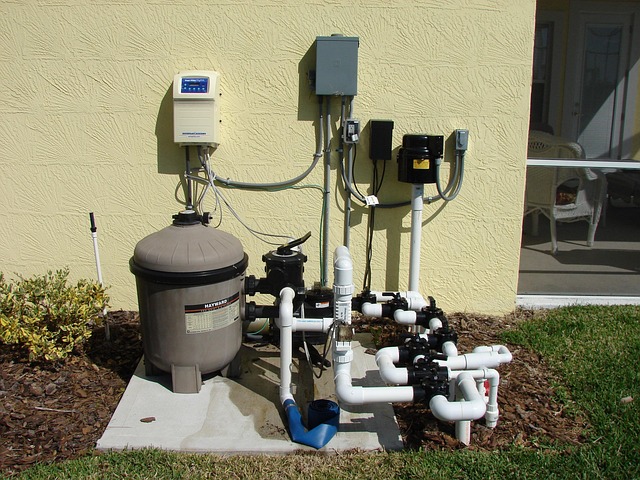Unveiling the Mysteries of Millimeter Wave Technology in Telecommunications
Millimeter wave technology, often relegated to the periphery of mainstream telecommunications, is now taking center stage. Its promise of ultra-high-speed data transmission and minimal latency is transforming the face of wireless communication. But what is this technology, and why is it suddenly so crucial in our increasingly connected world? This article aims to pull back the curtain on millimeter wave technology, exploring its evolution, current applications, and the challenges it presents.

The Emergence of Millimeter Wave Technology
In the late 19th century, James Clerk Maxwell and Heinrich Hertz laid the foundation for electromagnetic wave propagation, which eventually paved the way for the development of millimeter wave (mmWave) technology. The term ‘millimeter wave’ refers to the wavelength of a particular region of the electromagnetic spectrum measuring between 1 and 10 millimeters. However, it wasn’t until the latter half of the 20th century that researchers began to explore the potential of mmWave in telecommunications. Despite this, it remained a niche area of study due to the significant technical challenges involved.
Millimeter Wave in Today’s Telecommunications Landscape
Fast forward to the present, and millimeter wave technology is a hot topic in the telecommunications industry. The reason? Its high frequency range (30-300 GHz) enables unprecedented data transmission speeds, making it an attractive solution for meeting the burgeoning demand for bandwidth. However, mmWave isn’t just about speed. Its high-frequency nature also means it has a vast, underutilized spectrum that can accommodate more users, devices, and services.
The Challenges of Millimeter Wave Technology
Despite its potential, the deployment of millimeter wave technology isn’t without its challenges. The high frequencies of mmWave make it susceptible to signal degradation due to attenuation, interference, and reflection. Additionally, its short wavelength means it has a limited range, making it less suitable for long-distance communication. Overcoming these hurdles requires significant investment in infrastructure and advanced signal processing techniques.
Practical Applications of Millimeter Wave Technology
While the challenges are significant, so too are the opportunities. The high data rates and low latency of mmWave make it ideal for applications that require real-time communication. These include autonomous vehicles, remote surgery, and virtual reality. By providing a high-capacity, low-latency solution, mmWave technology could revolutionize these industries and many others.
Looking Towards the Future
The future of millimeter wave technology in telecommunications is bright, albeit challenging. As the demand for high-speed, low-latency connectivity continues to grow, so too does the importance of mmWave. However, realizing its full potential will require continued innovation and investment in overcoming the technical obstacles it presents. One thing is clear: millimeter wave technology is here to stay, and it will play a pivotal role in shaping the future of telecommunications.
The landscape of telecommunications is continually evolving, with new technologies like millimeter wave offering exciting possibilities. By gaining an understanding of these developments, we can better anticipate the future of connectivity and the opportunities and challenges it presents.




